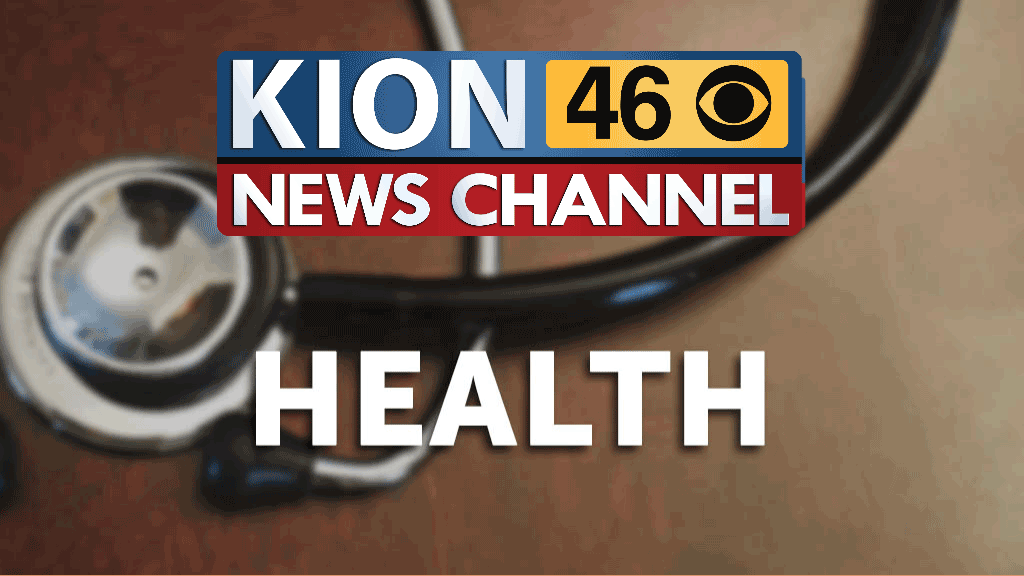Former CDC director: Direct Covid-19 vaccines to where they’re needed most

We’re starting to get the Covid-19 pandemic under control, at least in some parts of the world, but the pandemic won’t be over until most of the world is vaccinated. Access to vaccines continues to be a huge challenge.
In the United States, we need to be more proactive in reaching the millions of people that we still haven’t reached with vaccine. Globally, we need to scale up vaccine manufacturing rapidly and vaccinate the 50 million health workers and 1 billion people over age 60.
Vaccine inequity is a serious problem, both ethically and epidemiologically. Not only does it result in preventable death and economic and social disruption, but it also increases the risk that dangerous variants will emerge. Wealthy countries have excess vaccines while lower and middle-income countries go without.
The reality is that global vaccine supply will lag behind need for at least another year. Opening access to intellectual property is a step, but we need much more: transfer of vaccine technology; using all means to address supply chain problems; and establishing hubs for production. We can also be more strategic in use of the vaccine that is available.
Right now, it’s crucial that we direct vaccines to where they’re needed most. Globally, that means prioritizing — and tracking data on — vaccination access and coverage among health care workers as well as people age 60 and older. There are an estimated 50 million health care workers worldwide, including approximately 1.7 million in Africa. Health worker deaths from Covid-19 are preventable, yet more than 17,000 have died.
Vaccinating every health care worker in the world would require less than one week of global vaccine production. Vaccinating health workers not only protects them, it also protects the continued ability of health systems to provide life-saving care. This is particularly crucial in Africa, which faces millions of additional deaths from measles, tuberculosis, malaria and other diseases, unless health care services are maintained. We must support countries so they can focus on doing this.
It’s estimated that more than 80% of Covid-19 deaths worldwide are among people age 60 and older. There are about 1 billion people age 60+, and about 300 million of these billion people live in countries with insufficient vaccine and significant risk of Covid-19 — including 74 million in Africa. We should also support countries to get this group vaccinated ASAP.
Globally, wherever coronavirus is spreading, we must continue to mask and distance. These are the only measures that will make a difference in the short-term while we ramp up vaccination programs, and are essential for the medium term. Vaccination, even if readily available, won’t crush the curve for months in places where there is explosive spread now.
In the United States, we’ve made great progress on vaccination. By summer, we’ll see cases, hospitalizations and deaths come way down. But we still have to do more to reach the unvaccinated. The “build it and they will come” phase of vaccination is over. About 6 in 10 US adults have already been at least partially vaccinated, and more people are choosing to get vaccinated every day. But there’s a misperception that most unvaccinated people aren’t willing to get vaccinated.
Many saw a recent Kaiser Family Foundation survey as a negative sign. I saw it differently — only a small portion of people are strongly opposed to vaccination, and more people have not yet been vaccinated because of lack of access, rather than reluctance.
Convenient access to vaccines is still the biggest challenge for the US vaccination program. According to a new KFF survey released last week, unvaccinated Hispanic adults are twice as likely as White adults to want a Covid-19 vaccine as soon as they can get it. And in a Morning Consult survey, 77% of White adults who want a shot have gotten one, but that number is only 60% for Black adults and 55% for Hispanic adults.
We must be proactive. We should be calling and sending reminders to patients to get their first — and second — doses. Vaccination must be widely available in doctors’ offices, churches, schools, corner stores, supermarkets, bars, pop-ups at community events, and more places — which means reaching people where they are. One great idea: The New York Yankees, New York Mets and other teams are now offering vaccination at ballgames, along with free tickets.
Reluctance is also an issue, but convenience tends to overcome reluctance. More and more people understand that vaccination is a way toward more freedom, rather than away from it. Holdouts will become fewer as vaccination becomes the norm.
Vaccination will save lives and prevent explosive spread where vaccine is available. But in most places around the world, the way to save lives right now is to mask, distance and improve ventilation. Here’s what we need to do in the months ahead.
In the short term, we need to quickly expand supplies of materials and services throughout the global supply chain, save the most lives by using existing vaccine supply to prioritize vaccination of health workers and older people, and continue to mask and distance to flatten the curve now where spread is uncontrolled.
In the medium term, we need to transfer vaccine technology to regional manufacturing hubs so that effective vaccines, particularly mRNA vaccines, can be rapidly scaled up, especially for low- and middle-income countries. Transferring mRNA technology and ramping up production globally are essential, and the most important step we can take to help end the pandemic. Not sharing this technology puts all of us at continued risk.
In the long term, we need to position mRNA as a platform to address coronavirus variants and other emerging threats, balance appropriate respect for intellectual property with the public good of pandemic prevention and the public funding that went in to producing these vaccines, and increase the number of vaccine producers. And we need to strengthen readiness more generally.
The pandemic is far from over. There’s light at the end of the tunnel, but we can’t be blinded by it. If we work together effectively across borders, we can end this emergency and become more resilient against future health threats. We truly are all connected. We need to act that way. An outbreak anywhere is a threat everywhere.



